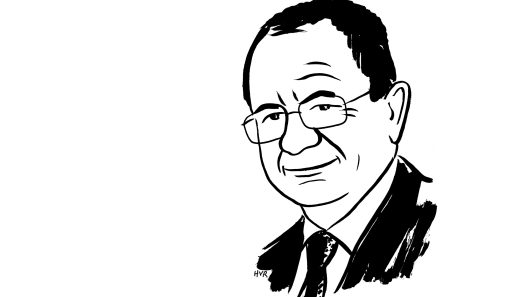In recent years, Poland has become the prime example of rapid growth in Central Europe. Economists are increasingly using the term ‘Polish miracle’: dynamic investment inflows, industrial growth, low unemployment, and rapid infrastructure development. On the other hand, however, Poland is facing a power shortage.
According to Eurostat, in the first half of 2025, the cost of electricity for Polish households increased by 20% compared to the previous year. In the EU, only Luxembourg and Ireland have seen greater growth, but these countries are incomparable in scale to Poland, with its population of 38 million. Among the major industrial economies, Poland has become the absolute leader in tariff growth. The energy system is lagging behind the economy. While manufacturing, logistics and construction are growing year after year, the energy sector requires long investment cycles. A factory can be built in three years, but a new powerful power plant takes ten. As a result, Poland is facing a shortage of affordable energy, which automatically pushes up prices.

In nominal terms, Polish households paid €25.59 per 100 kWh. This is above the EU average (€28.72). However, when prices are converted to PPP, Poland ranks second in terms of electricity prices in the EU — €34.96 per 100 kWh, second only to the Czech Republic.

Why is it so expensive?
Dependence on coal
Poland remains the most coal-dependent country in Europe. Almost 57% of electricity production last year was provided by coal-fired power plants. Polish coal is one of the most expensive in the world: ≈ $243 per tonne compared to $40 in the United States. Added to this is the EU emissions trading system — effectively a tax on coal-fired power generation. The higher the CO₂ emissions, the higher the payments. For a country with coal-fired generation, this is a double blow: expensive extraction + EU fines.
Tax burden
Over 40% of the cost of electricity is taxes and fees. This is the second highest in the EU after Denmark. For comparison, the EU average is 27.6%.
Power shortage
Demand is growing faster than supply. Industrial production in September 2025 increased by 7.4% year-on-year. But the capacity of thermal power plants and power grids cannot keep up with this surge. High energy prices are becoming a factor that slows down industrial growth, which is particularly dangerous for a country that relies on manufacturing.
In April, the share of coal fell below 50% for the first time. In 2024, Poland obtained 29% of its electricity from renewable energy sources. The focus is on solar generation, LNG terminals and nuclear energy. It is worth noting that if Warsaw completes its nuclear programme, Poland will become the only country in the region capable of ensuring its independence from external energy players.



